For this Earth Day I continue on with my Flower Hill Farm 'Bird Parade' . . . featuring birds that I have photographed here at our farm. The Yellow-bellied Sapsucker (Sphyrapicus varius), a medium sized woodpecker, of the Picidae Family is the perfect bird to share, for the one day we set aside to honor our planet and educate each other as to how we can all be better stewards. I wish we would have one day a week, as well, when we say . . . "This is what I did this week to help curb my contribution towards global warming and to help heal my mother earth."
We must be activists for our earth everyday.

We might consider following this male Yellow-bellied Sapsucker's attentive gaze, by taking a closer look at actions we could take that would make a difference in our personal lives and that of the larger picture . . . the wider world that we are so interconnected with. I have never been fond of the term "yellow belly" in reference to cowardly behavior, but forgive me for exploiting it here. I sometimes think we are cowards in not speaking out more against actions made by our governments and larger corporations (often considered one in the same) that are greatly damaging our planet and our health . . . which are one in the same. We do not all have to become tree huggers or chain ourselves to trees (though that would be fabulous.) Engaged citizens simply calling Congress and the President about important issues has proven to make a difference in the outcome of policies. Encouraging our friends and family to do the same could stretch our efforts even further.

Yellow-bellied Sapsuckers choose to become partners for life and will share in raising their young each year all along the Northeast, Great Lake region and into Canada and Alaska. Finding a cavity in a deciduous tree in a young forest with rivulets nearby, both parents take turn incubating their clutch of eggs. Our little forest with several seasonal streams, as well as a steady spring seems to be just right for our resident Yellow-bellied Sapsuckers. You may see them during the winter, if you live in parts of the south and Central America. Some even stay in one place all year round especially near the breeding range boundaries.
I have read that some people believe the Yellow-bellied Sapsucker is only a myth. A fantasy bird that is mentioned more in humorous conversation or even in a derogatory way. Well, the bird truly exists, as this male's portrait, taken a few weeks ago, clearly shows. This male woodpecker is a beautiful bird with a pale yellow belly, red throat and crown sporting a wide white bar on its wings, which clearly identifies this species. You will not see a white bar on the wings of any other woodpecker. His mate looks very similar but will not have the red-throat and sometimes lacks even the red crown.
Woodpeckers in general are curious about our metal signs or other objects and will add to their drumming repertoire by testing any number of man made materials. You can hear the calls and drumming of the Yellow-bellied Sapsucker here.
Back to myths . . . we all know that there are people who do not believe humans play a part in the perilous warming of our earth. They strongly feel that climate change is simply cyclical and that it is fine to continue the barbaric methods of drilling for oil (with sometimes disastrous results . . . not to mention wars and unbelievable loss of life and suffering for all involved), blowing up pristine mountaintops, fracking, processing tar sands and building tax-payer subsidized nuclear power plants (the CO2 contributions through the process and other dangers of toxic waste and radiation leakage are well documented and most recently a tragic reality for Japan.)
Most all scientist and peoples of the world believe that burning fossil fuels is one of the important causes for our CO2 levels to continue to rise beyond the safer level of 350. Please visit CO2 Now to learn more. We could all be strong in demanding that our governments develop clean, safe green energy. At the same time we conserve energy in our daily lives. If we learn what it takes to create power, before we turn up the heat or whatever we consume, we might consider changing our habits.
Rethinking and pondering the path an item has taken before becoming part of one's collection or life style may help us to curb our consumption.
It is extremely important that we educate ourselves and stop supporting companies that are harming the planet. We must look under our sinks and in our cabinets, refrigerators and garages and stop buying products that are causing us to become sick and also in the larger scale polluting our air, water and soils.
By tracking where our food comes from, we can make a difference in how we affect climate change too.
Do we in the United States really need organic garlic and pumpkin seeds from China?? Buying local and organic when possible is a great way to be healthier and to help bring our CO2's levels down.
We do not have to give up everything and it is even a good feeling to help support small organic family farms in parts of the world. We can and should do the research, ask more questions and find more alternatives to the great number of miles our food and products travel to reach our tables. We are all so polite. We need to throw off our coats of fear and begin to ask in a thoughtful way . . . "Where is this grown?" or "Where is this from?" . . . then make a conscientious choice. You can ask to see the 'country of origin' catalog at your local co-op or grocery store.
It may seem like a difficult climb . . . finding all the necessary information, which will allow us to make informed decisions about using our purchasing and voting power. Striving step by step, day by day, until we reach the top of the pile, for a better view of how our world really works, will benefit the whole.
There are so many advocacy groups to help us along the way.
We can become pessimists the more we discover, but hope for real change is worth preserving and pursuing.
Those of us lucky enough to have our own realms (no matter the size or ownership) can implement saner safer practices for our earth, within our own little kingdoms.
The seasons and wildlife of our precious earth reward us daily and deserve our commitments for a courageous and caring stewardship.
As for the Yellow-bellied Sapsucker there is debate, as to the harm their persistent drilling for sweet sap does to our trees. The birds drill small round or square holes depending on use. Sap and tree tissue is consumed from these holes. Other birds and insects also benefit from the efforts of the Yellow-bellied Sapsucker. I recall standing just beneath an old distressed crabapple tree near the forest, when a Ruby-throated Hummingbird flew up to sip from the holes. The female Yellow-bellied Sapsucker shared her troughs with the young or female hummingbird, but she stayed close by with a watchful eye.
The Ruby-throated Hummingbird went from hole to hole sipping a bit of sap and perhaps licked up a few insects at the same time. I have also seen bees going to holes and wounds in Rock Maple trees as they drink the escaping sap.
It was only a couple of minutes before the female Yellow-bellied Sapsucker return to claim her wells. She did not chase the smaller but plucky hummingbird away. She did not seem to mind sharing. There is a social network within the bird community. Often it is not very peaceful but this gesture proves it can sometimes be so. Using social media as a means to share action alerts about important causes is a good way to spread the word about issues we care about. Especially issues that also effect the earth.
Young Yellow-bellied Sapsuckers look like the females. I believe this is a female showing a good example of the white bar on her wing. Remember woodpeckers can be hard to identify but this wing coloration is definitive. She does not appear to have a red crown, which happens in some females. You might see these birds foraging for insects along the trunks of trees, sometimes pecking off bark to get at food below.
I am guessing this is a young Yellow-bellied Sapsucker, perhaps not that long on it's own. You can see the beginnings of the white marks that will in time clearly identify it. The brown coloration will later become black.
These immature Yellow-bellied Sapsuckers are a bit older than the previous young one. Perhaps I took these photos later in the breeding season. The white wing bar is beginning to fill in on this youngster.
Here the shapes and distribution of the sap holes are more easily seen. Round holes go deeper, where as rectangular/square holes are more shallow. I am assuming the round holes do more damage. Yellow-bellied Sapsuckers drill their holes in neat lines. The Sapsuckers will return often to reopen the wounds and lick the sugary sap.
The trees here at Flower Hill do not appear to be suffering from the constant drilling, but perhaps it takes years. Healthy trees may be able to endure these injuries for a long time . . . I am not sure.
We do know for certain that if we do not hurry and make the needed changes towards earth energy . . . wind, water and sun, as well as other safe clean energy sources, we are writing a death sentence for life on this planet, as we know it today. Displacement is already happening where thousands are suffering. Our weather patterns are more severe.
Why not demand that our governments subsidize green energy instead of toxic and dangerous energy. An economy based on green energy would support thousands of jobs. I am sure the industries running our world down know what they are doing and by putting their pressure and money to control our choices is wrong and even criminal.
I wonder how they sleep at night. How do we? Complaisantly making it through our days is wrong too.
Sometimes we need to dive in and do what is right.
We should be thoughtful, however not like our government approving toxic "round-up ready" GMO foods, before truly understanding the havoc they are and will create on our agricultural system. The power of greed rules here. Toxic pesticides and other dangerous chemicals are everywhere in our food system and environment. I love to imagine the power of millions of citizens around the world calling and writing their leaders voicing concern and outrage over this irresponsibility.
A purposeful mind can be like a bud that with the proper moisture, light and food (our good earthly loam) will one-day blossom into a full flower of beauty.


For myself I do most all of the things mentioned in this post and could do much more for the planet and its peoples. I do the usual and important things like using efficient light bulbs and unplug energy consuming computers, toaster ovens and teakettles. I am still taking my cloth bags to shop with (though sometimes I forget to put them in the car.) I do not drive a car much but that is because I work for myself, so that is easy for me. I have been completely dedicated to true organic agriculture (but do not trust large corporations, who have join due to greed and profit) and buying only environmentally safe cleaning products for home and body for many years. I do cheat on one item that I buy only a couple times a year. I must find an alternative for it. I rarely ever buy paper towels. I support small local businesses even though I could buy something cheaper on line. I almost never see the inside of large box stores. I wear layers of warm clothing during the heating months and try not to turn on the gas heat much. I mostly heat with renewable (but not clean) wood. This list could go on. I am excited about a pruning tool I just bought that was designed and continues to be made locally!
I am a coward in many ways still but hope to act with more conviction and strength in the future.
I love the color yellow and do not think the Yellow-belied Sapsucker cowardly. I imagine it cannot realize if it is damaging trees . . . some call them pests and claim they do.
I know we are fully aware of the harm we afflict every moment (just as I am . . . right now . . . writing this post) to our planet and peoples, who live more simply in lands where the rising oceans are claiming their homes and land.
This post is in honor of all those that go out and fight the machine . . . those heroes that protest the World Trade Organization Summits, Greenpeace, Natural Resources Defense Council, Food and Water Watch, Sierra Club, Physicians for Social Responsibility, World Wildlife Fund and so many more watchdog groups that are helping each day to curb the harm others would do for profit.
I also honor one man . . . a memory . . . Michael . . . a sweet and courageous soul, who with his pen battled but lost . . . his own life . . . heartbroken . . . from seeing our earth so abused. His poems, books and love of trees live on within the minds of all who were blessed to know him.
Thank you for whatever you do to make our world greener and safer for all life. I have had to change my love of blogging . . . I only post once a week these days for my personal health . . . and I guess turning my computer off more is good for the earth too. I do miss visiting everyone's gardens and do hope to recover the means to do so more often again soon.
























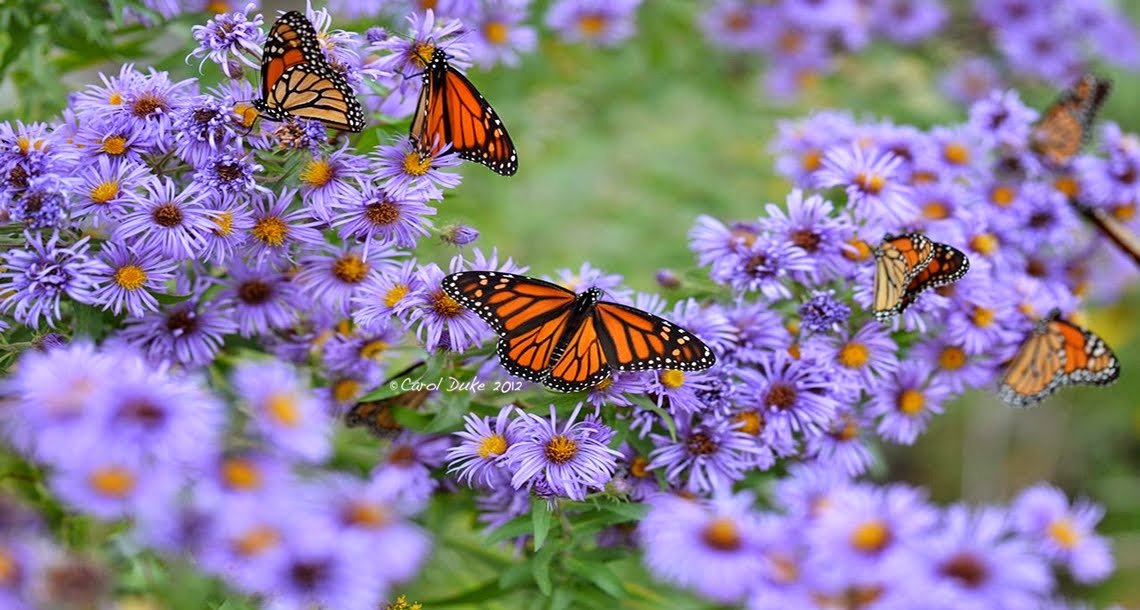









































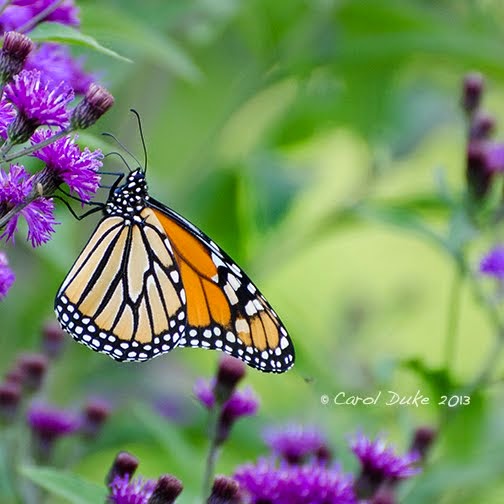

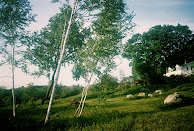

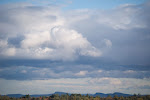



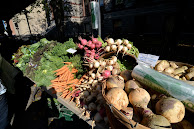

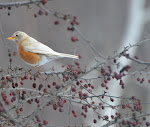






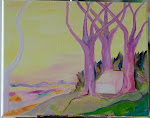






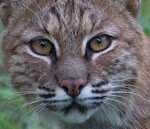




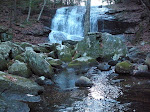
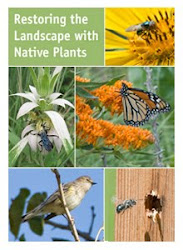








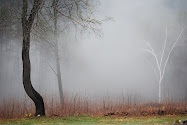












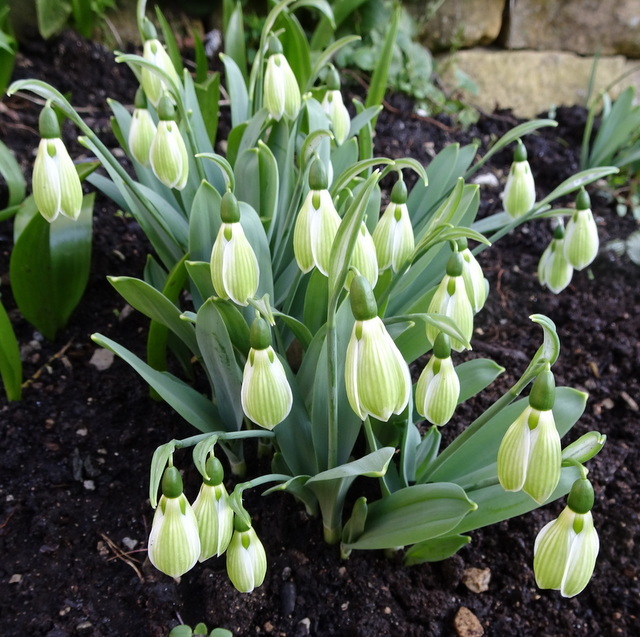




































.png)





















